RAAC is a type of concrete that was used extensively within the construction of walls, floors and roofs between the 1950s and 1990s. RAAC became popular as a lightweight and lower cost alternative to concrete, and also offers good fire-resistant properties. It differs from traditional cement due to the lack of coarse aggregate and its aeration.. RAAC, or reinforced autoclaved aerated concrete, is a type of concrete widely used in buildings during the second half of the 20th century.. These blocks and planks can then be used in.

Breeze Block Disco Clay Imports
htAstInBICD3P2_wgKp58jOcrYHdWURkYDOtXSNRBs3oV7zjnD5jRyOecKET5tAD5a3bbwJOZQ=s900ckc0x00ffffff
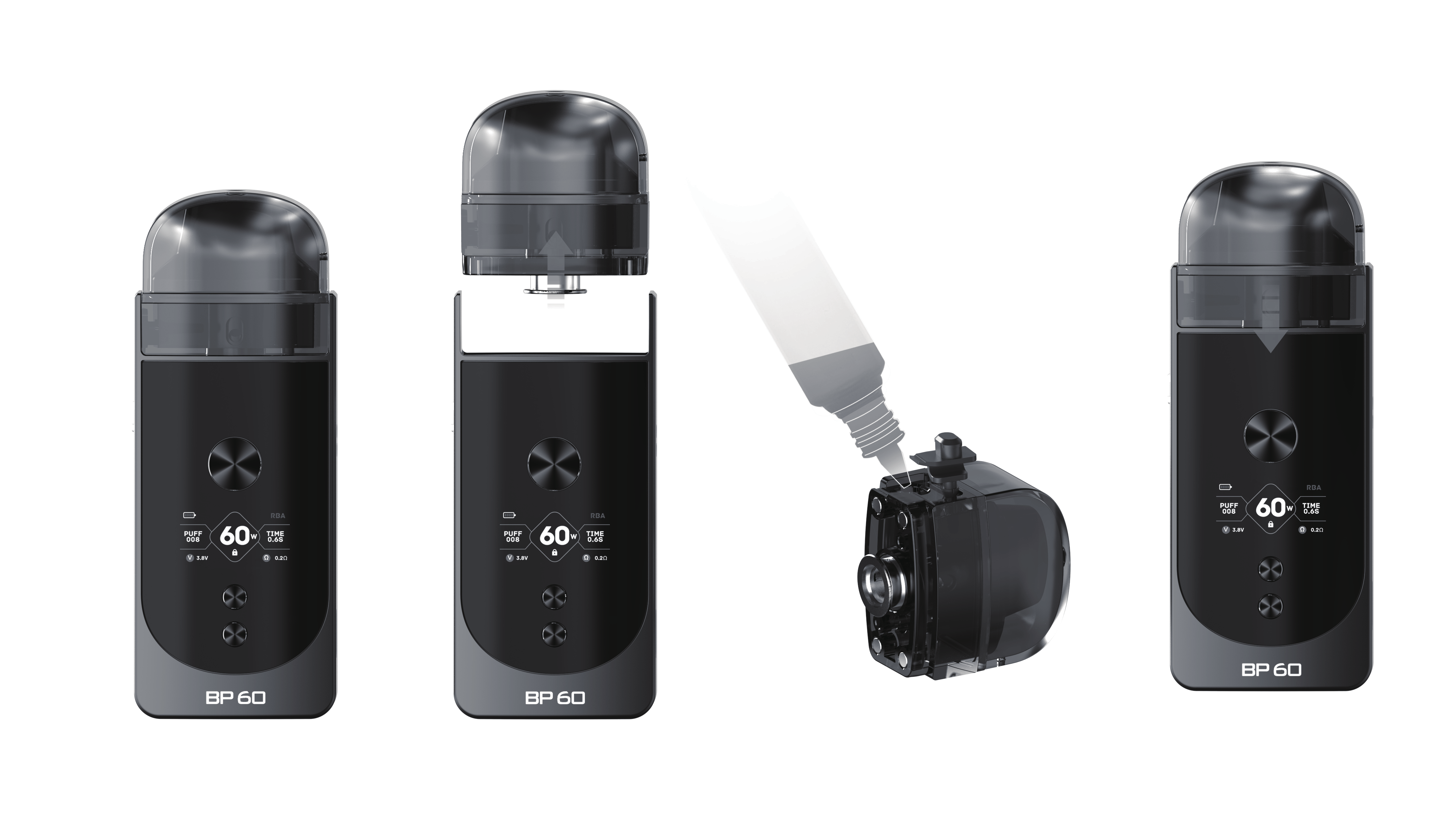
Breeze Line Evolution The Difference Between Breeze NXT and BP60

Breeze blocks cineulsd

The Breeze Bar Yangon
Breeze Blocks in Newtownards, County Down Gumtree

Extraordinary Breeze Block Ideas For Beautiful Home Style 370 Breeze block wall, Concrete
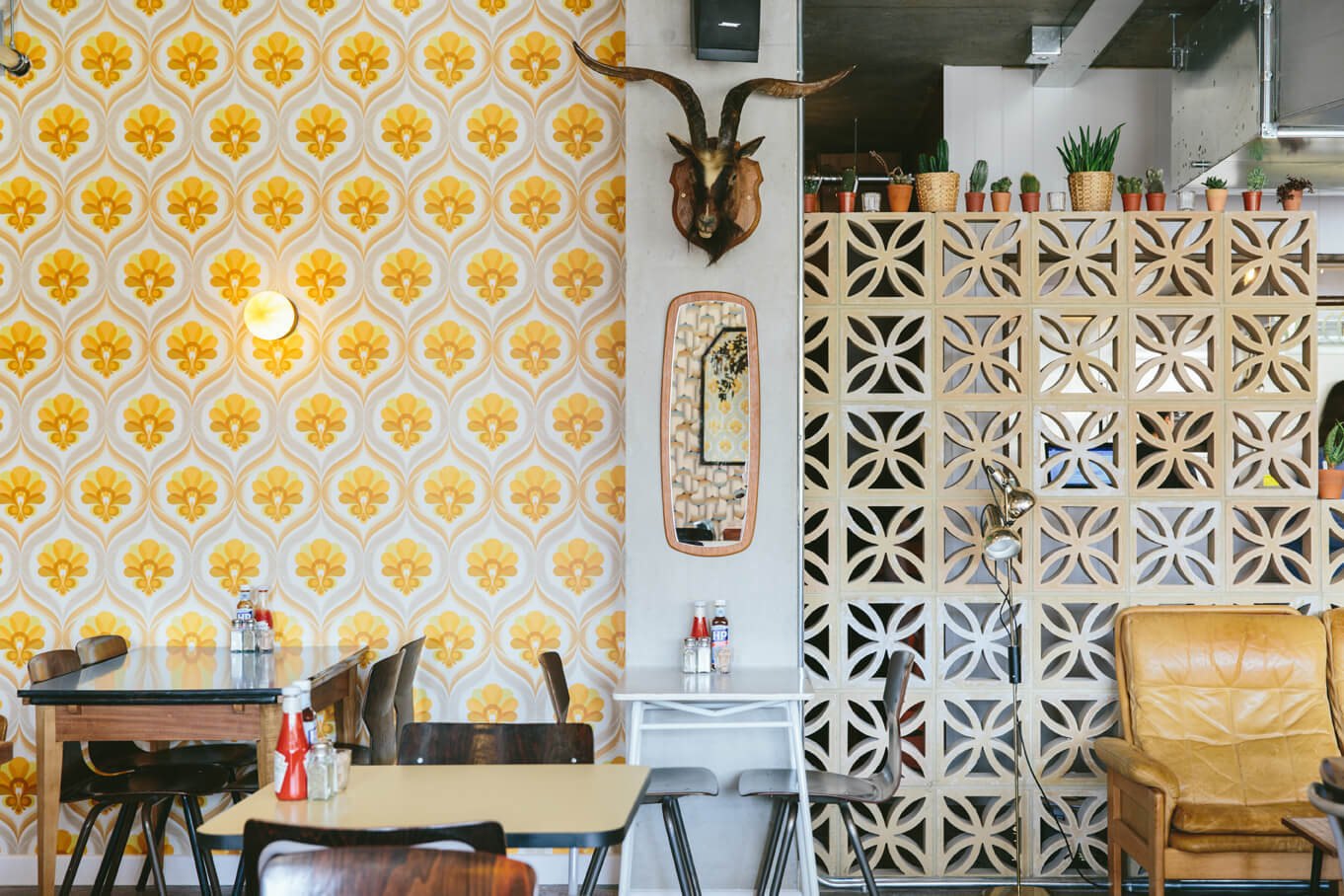
Interior Breeze Blocks An Inside Look Home
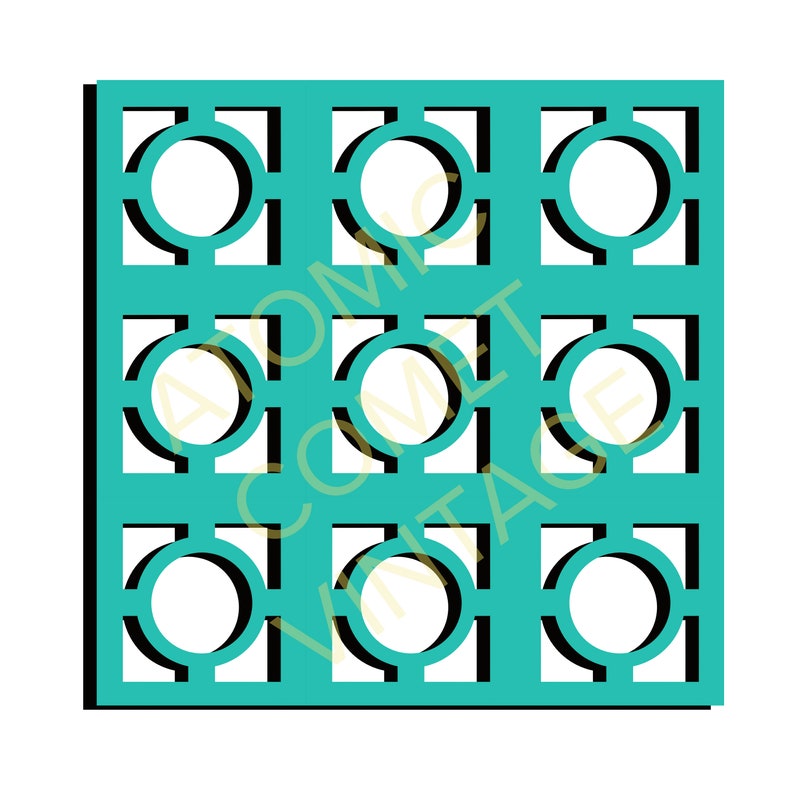
Breeze Block Digital Download Etsy

"Breeze Block Two Single Orange Two" Poster for Sale by Owen1976 Redbubble

Breeze 796533 CSA Images

Breeze Block by Jake Hawkey — Seaside Books

Aggregate Industries Dense Concrete Block (L)440mm (W)100mm DIY at B&Q
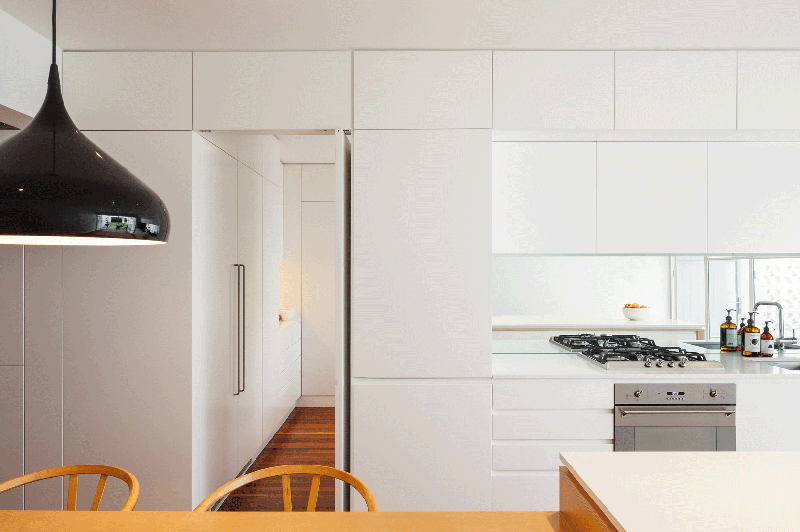
Breeze Block

Tout savoir sur le retour marqué des Breeze Blocks en déco! Breeze blocks, Breeze block wall
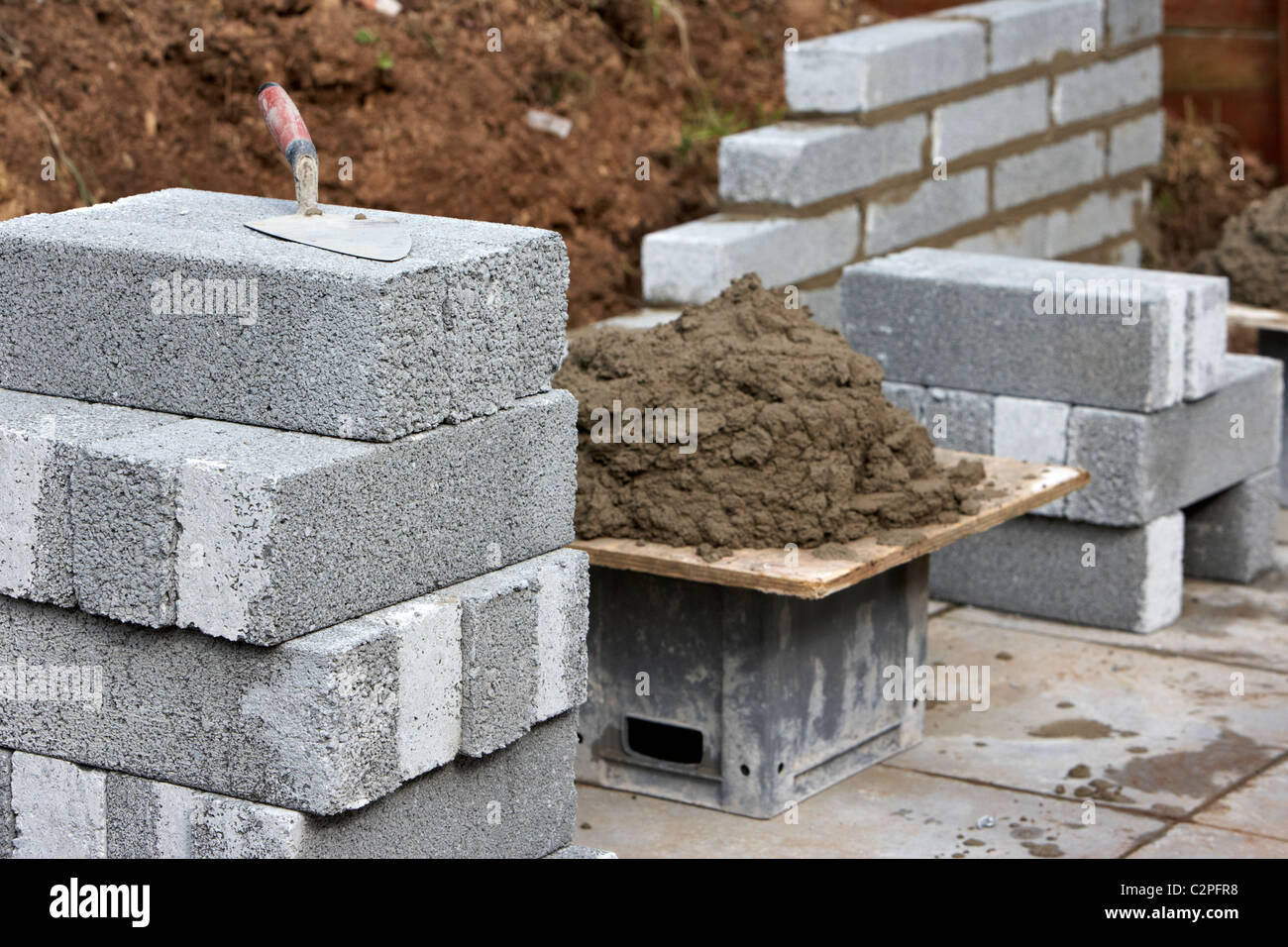
Mur de Maçonnerie en parpaings de ciment avec la moitié de la construction d'un mur de

Civil Dimensions YouTube Channel Analytics and Report NoxInfluencer
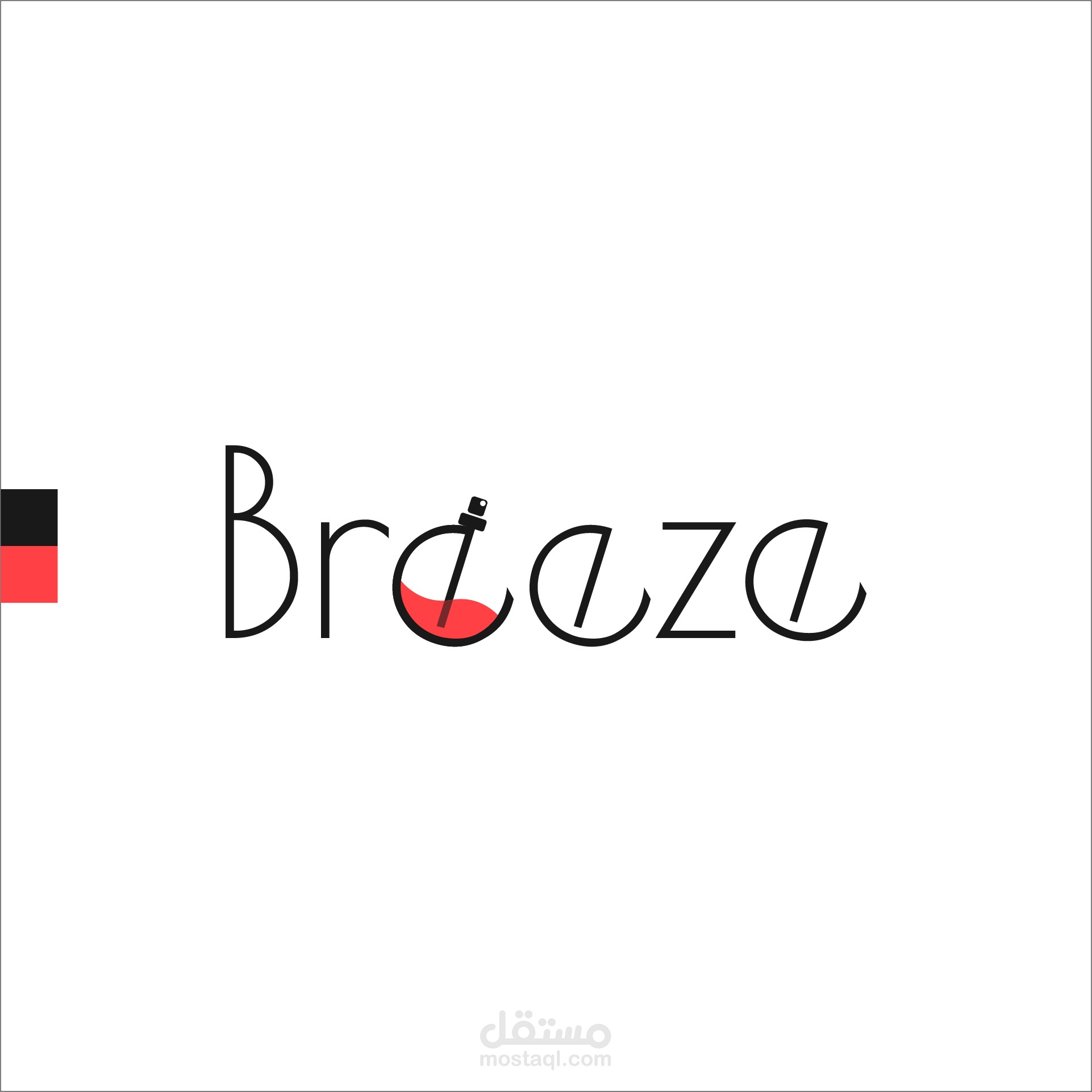
Breeze مستقل

BreezeBlock beverage coasters Minty's Design
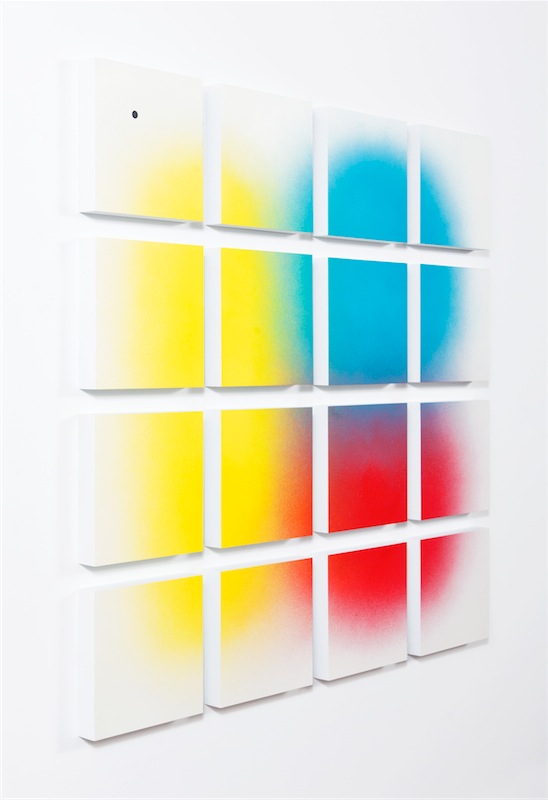
Preview “Three The Hard Way” Breeze Block Gallery « Arrested Motion
Breeze blocks form a lasting connection in the same way most other blocks and bricks do, via the use of binding materials like cement. Breeze blocks are used for a variety of purposes such as… Retaining walls; Load bearing walls; Partition walls; Garden Walls; Patios; And more. Is a breeze block better than a brick?. What is RAAC? Reinforced autoclaved aerated concrete (RAAC) is a lightweight material that was used mostly in flat roofing, but also in floors and walls, between the 1950s and 1990s. It is a.